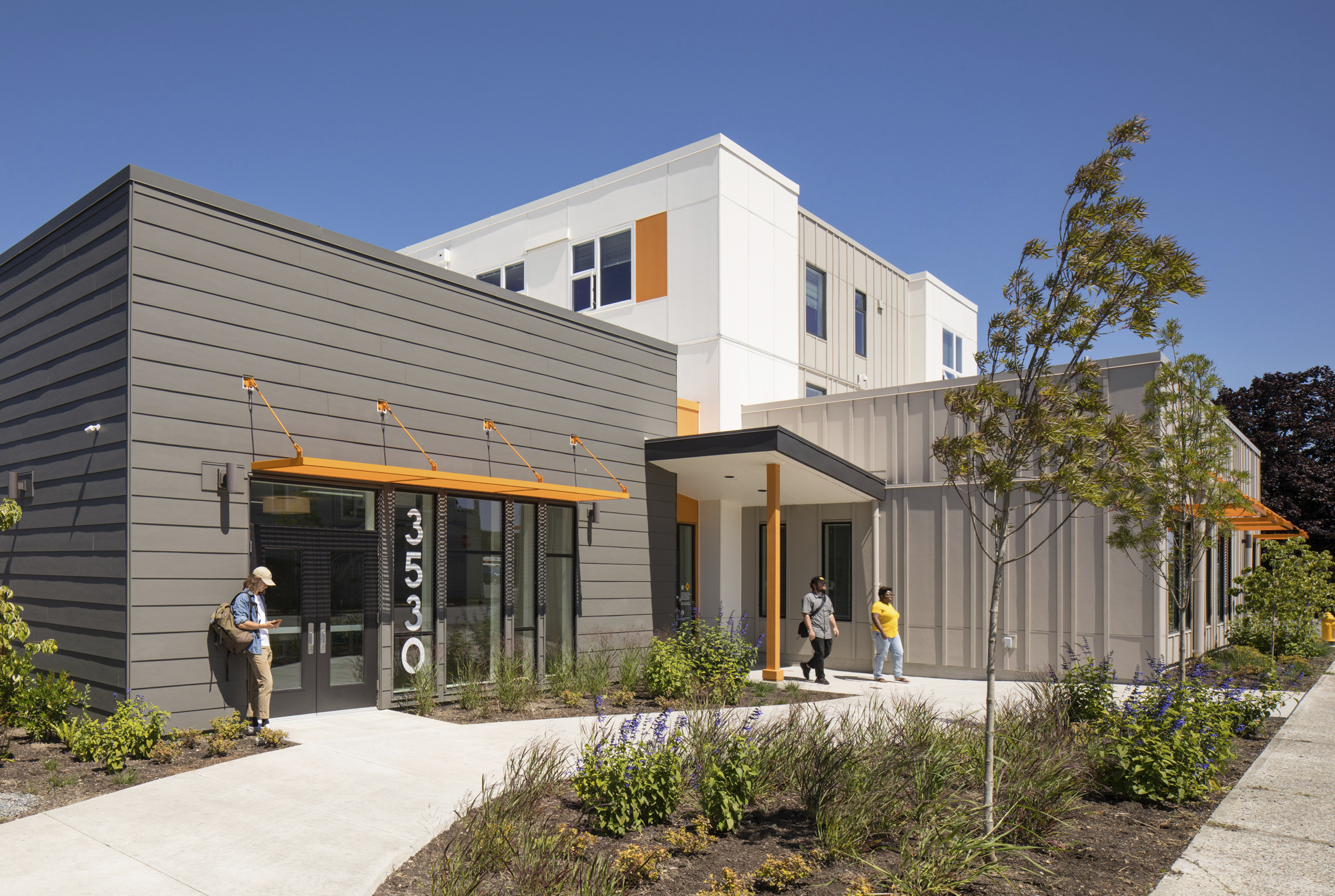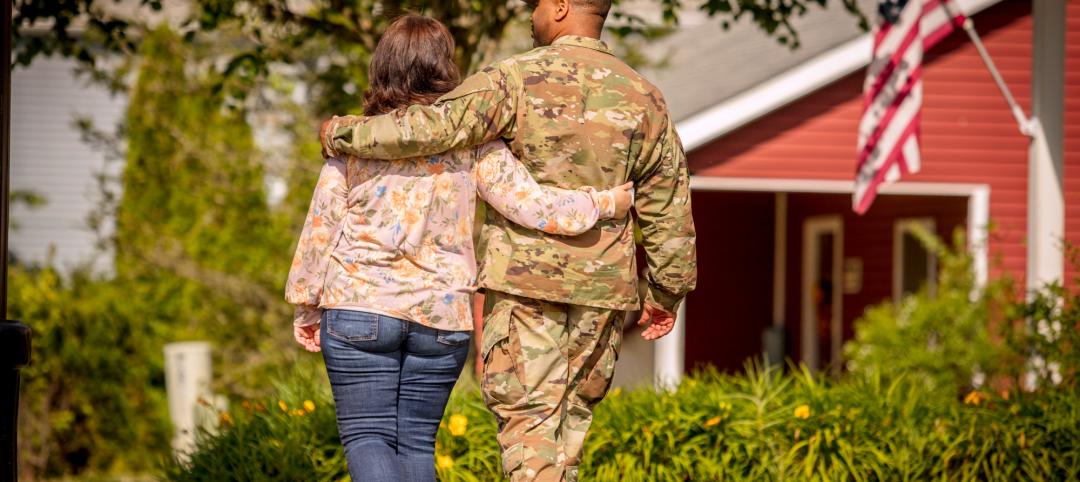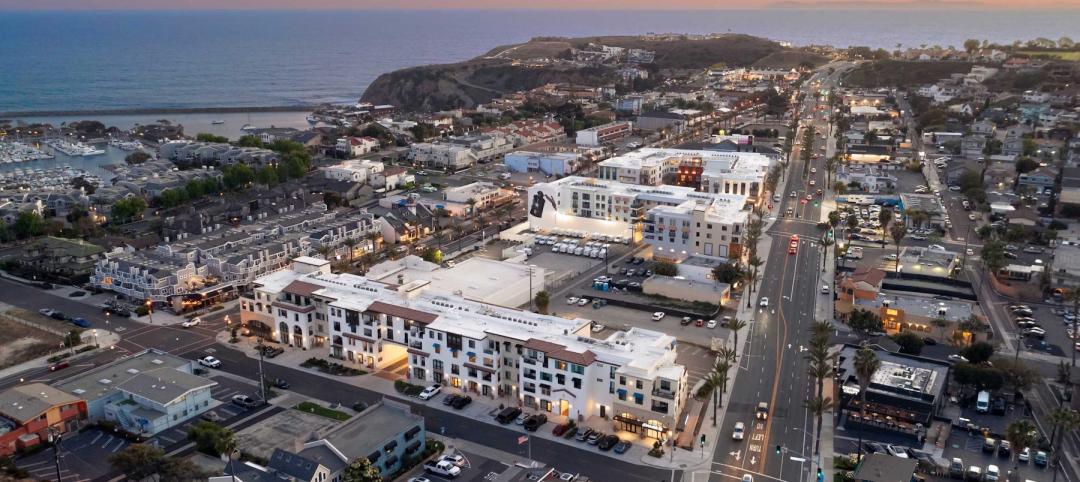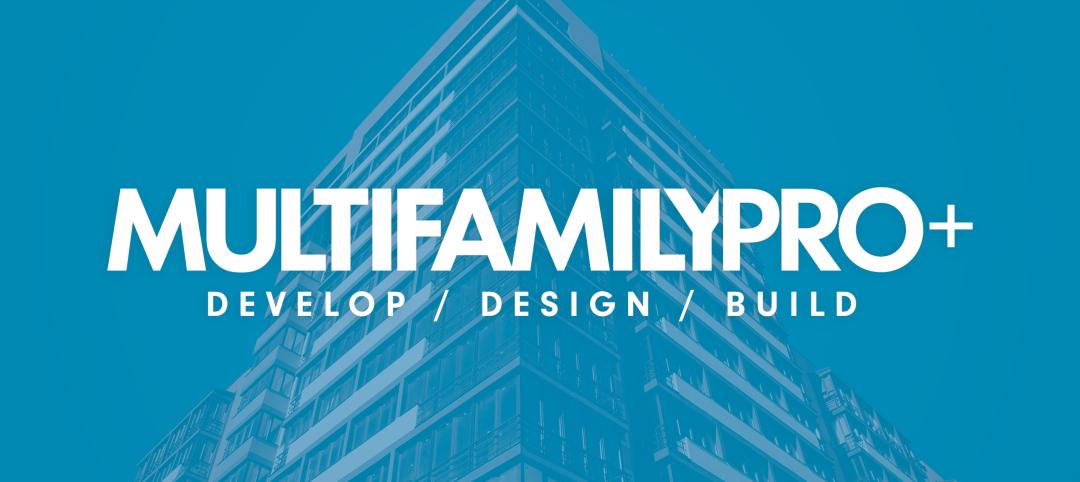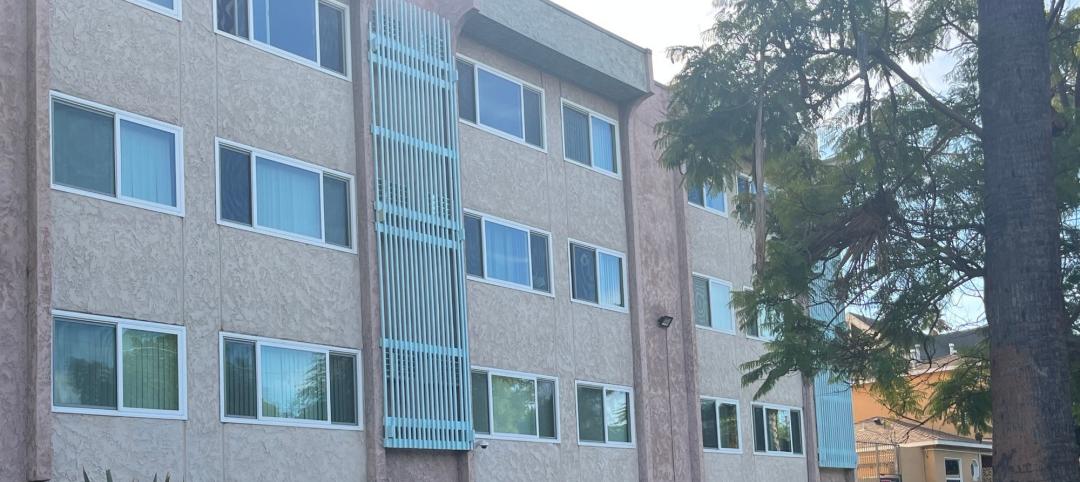Recently, while commuting past a tent community on my way to work, I was reminded that a medium- to large-sized city in the U.S. today without a homelessness problem is a rarity. In my home city of Seattle, for example, we need tens of thousands of new affordable units per year to keep up with population growth, which city officials expect to hit one million people by 2044.
As an architect who has focused on designing affordable housing developments in Seattle, Los Angeles, and Boise for more than 25 years, I know firsthand achieving these projects is complicated and requires the combined resources of developers, contractors, architects, engineers, and judicial plan reviewers, as well as a range of public and private funding sources. It also takes a huge amount of collective will.
In the face of this challenge, there is one simple but extremely powerful way to address the “problem” of affordable housing. We can change the language we use to describe housing and actively shift it to be more inclusive. The descriptor “essential housing” allows for that framework. While “affordable housing” often conjures associations with government handouts and helping those who cannot, for whatever reason, help themselves, the reality is there are huge swaths of our population for whom housing costs are prohibitive. They are our teachers, baristas, firefighters, nurses, and many other essential workers. For many in our communities, rising rents and increased demand for housing means they are only one paycheck away from being unhoused.
It’s time to stop thinking of affordable housing as a handout which is someone else’s problem to solve and start calling it what it is: Essential Housing, a crucial component of a thriving local community.
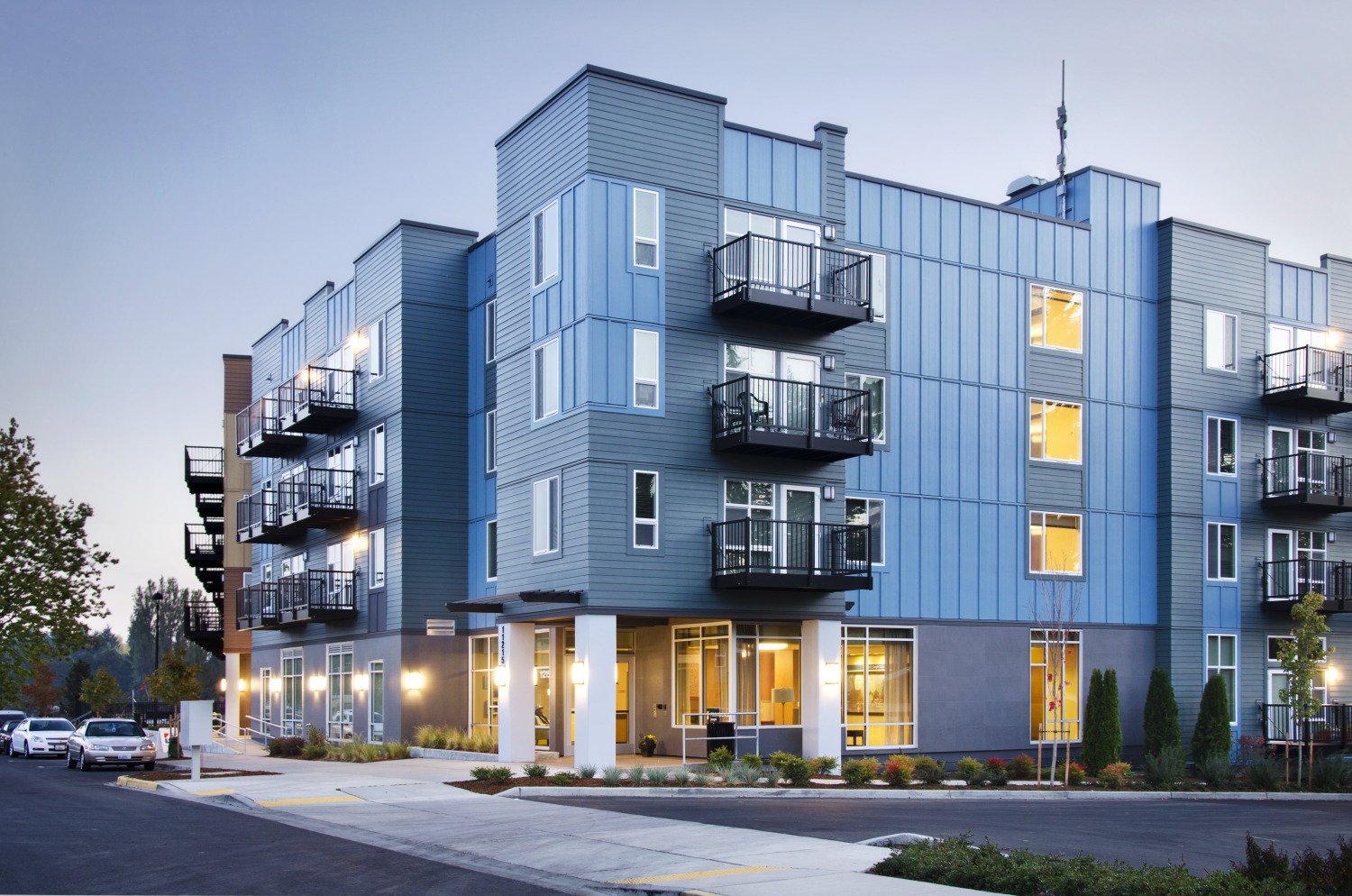
Essential housing is a collective endeavor
When we reframe housing as something essential to communities, many more possible solutions come to light. There are numerous connections between stable housing and other elements of community life such as wellness, faith, and public safety, and looking at housing through these lenses reveals new opportunities to tackle the issue.
Framing Essential Housing through the lens of healthcare reveals the link between stable housing and healthy community members. Anyone living unhoused, or in substandard living conditions, is at a greater risk for negative health impacts, and many mental health issues can only be solved after obtaining permanent housing. Understanding housing as essential to a healthy community means there are opportunities to direct medical investments toward the endemic housing shortage. At GGLO, our design for Providence Joseph House in south Seattle is a successful example of how healthcare companies—in this case, Washington-based Providence Health & Services—can direct resources towards bolstering the housing supply.
Looking at Essential Housing through a faith-based framework, we see the connection between stable housing and the necessary support services often offered by religious or mission-based entities. There are many examples of churches, synagogues, and temples using their available space to build much needed housing developments, including GGLO’s recently completed Cocoon House. This development provides 40 units of housing alongside support services for at-risk youth in Snohomish County, Wash., on the site of a former church.
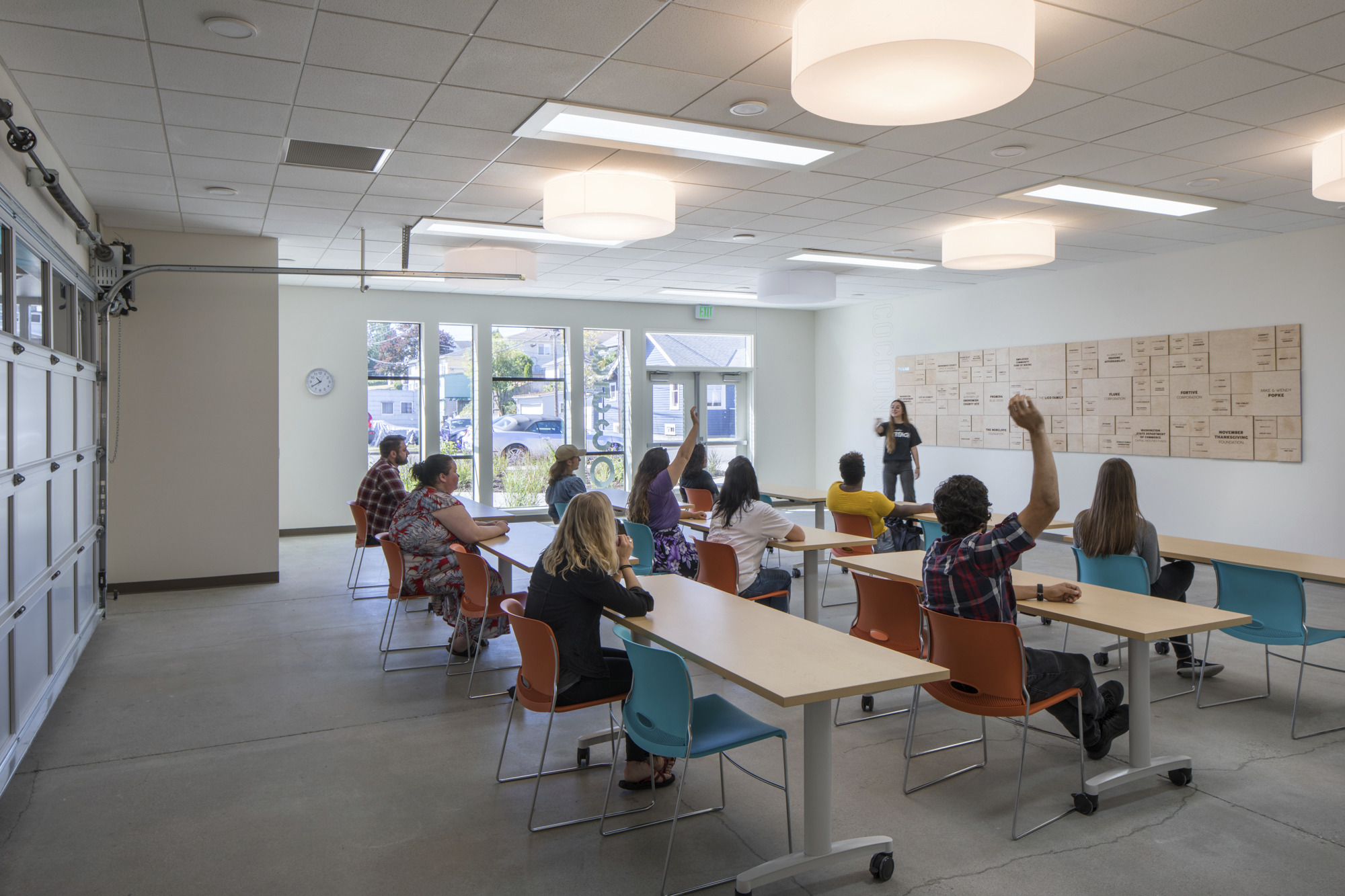
Understanding housing as an essential aspect of ensuring public safety asks us to treat the issue with more urgency. We hear proclamations of local, regional, and statewide housing emergencies year after year, yet we see the challenge continue to grow with little resistance. If we can act with a similar haste to public health emergencies like the COVID-19 pandemic, or to a flood, fire, or earthquake, we can make a meaningful impact.
Design solutions
Although the housing challenge is massive and impacts all aspects of community life, there is not a one-size-fits-all approach to solving it. The strategies must be as varied as the stories of those facing a lack of housing. It is truly not possible to create enough housing through traditional means; reframing the issue as essential can help drive a new sense of urgency and an all-hands approach to developing new solutions.
We are seeing great strides in modular and manufactured housing to speed up the production of this essential resource. Whether a full living unit, or a kit of parts that can be componentized and rapidly assembled, these strategies can rapidly create new shelter. Individual Tiny Homes provides rapid shelter, and multi-story buildings built from factory components can provide permanent stable homes on an expedited timeline.
Rezoning and densifying land for housing is rapidly occurring in cities like Seattle, Boise, and beyond. Former malls and retail centers are being adapted to housing, including Seattle’s Northgate Mall and Lynnwood’s Alderwood Mall, which GGLO is working to convert to transit-oriented redevelopments by creating new housing to complement existing retail infrastructure.
Converting existing vacant office buildings into residential is also seeing an increased opportunity, as evidenced by GGLO’s current Alloy at Midtown project in Phoenix, Ariz. This development takes advantage of the existing infrastructure to create housing at greater speed than new construction. We must match increasingly vacant office space to the huge housing needs across our communities.
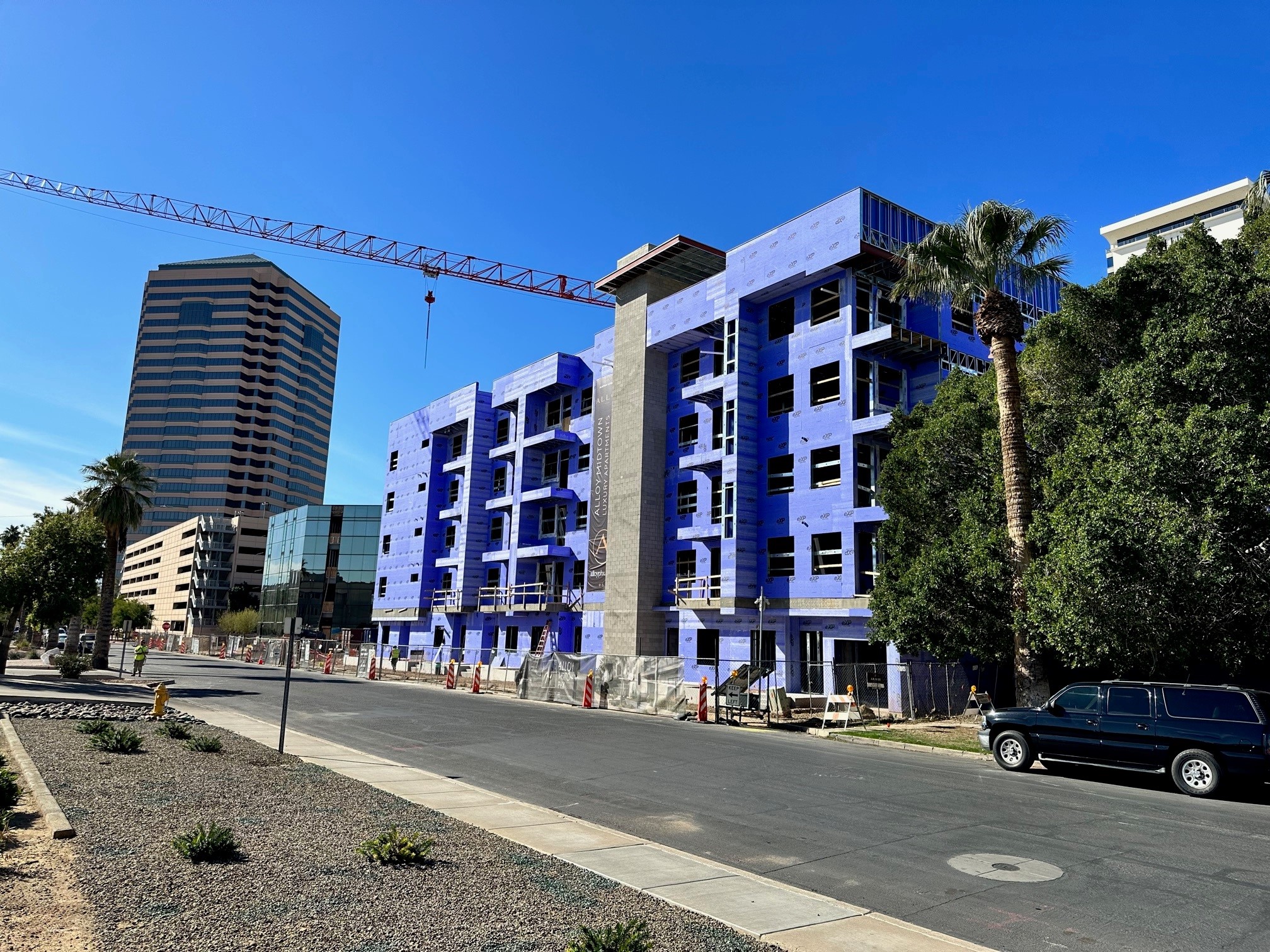
Always, we must remember the importance of an inclusive and community-centered process where integrated teams of designers, builders, operators, and users come together to plan buildings that address the unique needs of the communities where they are situated. Essential Housing requires new advocacy and creativity around the design and development process. Encouraging innovation and speed in permitting and jurisdictional processes, while still maintaining public health and safety, is imperative.
While much of this can feel overwhelming, it is possible if we come together as communities to address these pressing housing challenges. Changing the narrative to reframe housing as essential is a first step. Through the power of language, we can tap into our collective willpower and, hopefully, pool our energy and resources to build a better future.
Related Stories
Mass Timber | Oct 27, 2023
Five winners selected for $2 million Mass Timber Competition
Five winners were selected to share a $2 million prize in the 2023 Mass Timber Competition: Building to Net-Zero Carbon. The competition was co-sponsored by the Softwood Lumber Board and USDA Forest Service (USDA) with the intent “to demonstrate mass timber’s applications in architectural design and highlight its significant role in reducing the carbon footprint of the built environment.”
Luxury Residential | Oct 18, 2023
One Chicago wins 2023 International Architecture Award
One Chicago, a two-tower luxury residential and mixed-use complex completed last year, has won the 2023 International Architecture Award. The project was led by JDL Development and designed in partnership between architecture firms Goettsch Partners and Hartshorne Plunkard Architecture.
Affordable Housing | Oct 10, 2023
Lendlease expands military housing nation-wide with Cadence Communities
Lendlease announced today it has closed ground leases at seven U.S. Army installations, which together establish the new Cadence Communities portfolio.
Mixed-Use | Oct 9, 2023
A coastal California city reawakens its downtown
The Prado West mixed-use redevelopment gives Dana Point a new look.
MFPRO+ News | Oct 6, 2023
Announcing MultifamilyPro+
BD+C has served the multifamily design and construction sector for more than 60 years, and now we're introducing a central hub within BDCnetwork.com for all things multifamily.
Biophilic Design | Oct 4, 2023
Transforming the entry experience with biophilic design
Vessel Architecture & Design's Cassandra Wallace, AIA, NCARB, explores how incorporating biophilic design elements and dynamic lighting can transform a seemingly cavernous entry space into a warm and inviting focal point.
Affordable Housing | Oct 3, 2023
Standard Communities acquires six 100% affordable housing communities
These affordable housing communities total 407 units, and five of the communities are dedicated to senior living.
Luxury Residential | Oct 2, 2023
Chicago's Belden-Stratford luxury apartments gets centennial facelift
The Belden-Stratford has reopened its doors following a renovation that blends the 100-year-old building’s original architecture with modern residences.
Resort Design | Sep 18, 2023
Luxury resort provides new housing community for its employees
The Wisteria community will feature a slew of exclusive amenities, including a market, pub, and fitness center, in addition to 33 new patio homes.
Adaptive Reuse | Aug 16, 2023
One of New York’s largest office-to-residential conversions kicks off soon
One of New York City’s largest office-to-residential conversions will soon be underway in lower Manhattan. 55 Broad Street, which served as the headquarters for Goldman Sachs from 1967 until 1983, will be reborn as a residence with 571 market rate apartments. The 30-story building will offer a wealth of amenities including a private club, wellness and fitness activities.



